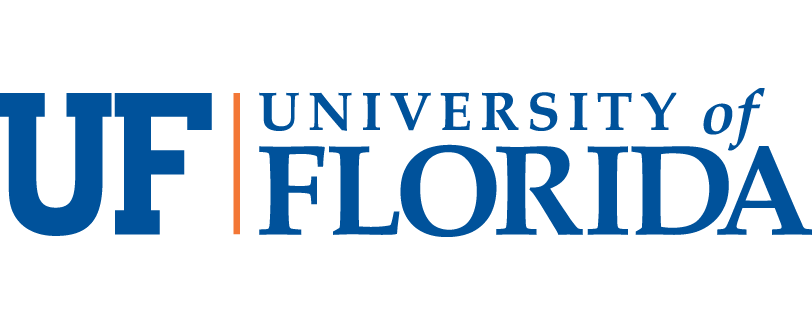| Title | The art and science of flow control – case studies using flow visualization methods |
| Publication Type | Journal Article |
| Year of Publication | 2010 |
| Authors | Alvi, F., and L. Cattafesta |
| Journal | The European Physical Journal - Special Topics |
| Volume | 182 |
| Start Page | 97 |
| Issue | 1 |
| Pagination | 97-112 |
| Date Published | 04/2010 |
| ISSN | 1951-6355 (Print) 1951-6401 (Online) |
| Abstract | Active flow control (AFC) has been the focus of significant research in the last decade. This is mainly due to the potentially substantial benefits it affords. AFC applications range from the subsonic to the supersonic (and beyond) regime for both internal and external flows. These applications are wide and varied, such as controlling flow transition and separation over various external components of the aircraft to active management of separation and flow distortion in engine components and over turbine and compressor blades. High-speed AFC applications include control of flow oscillations in cavity flows, supersonic jet screech, impinging jets, and jet-noise control. In this paper we review some of our recent applications of AFC through a number of case studies that illustrate the typical benefits as well as limitations of present AFC methods. The case studies include subsonic and supersonic canonical flowfields such as separation control over airfoils, control of supersonic cavity flows and impinging jets. In addition, properties of zero-net mass-flux (ZNMF) actuators are also discussed as they represent one of the most widely studied actuators used for AFC. In keeping with the theme of this special issue, the flowfield properties and their response to actuation are examined through the use of various qualitative and quantitative flow visualization methods, such as smoke, shadowgraph, schlieren, planar-laser scattering, and Particle image velocimetry (PIV). The results presented here clearly illustrate the merits of using flow visualization to gain significant insight into the flow and its response to AFC. |
| URL | http://dx.doi.org/10.1140/epjst/e2010-01227-x |
| DOI | 10.1140/epjst/e2010-01227-x |
| Refereed Designation | Refereed |
| Full Text | <br /> |

